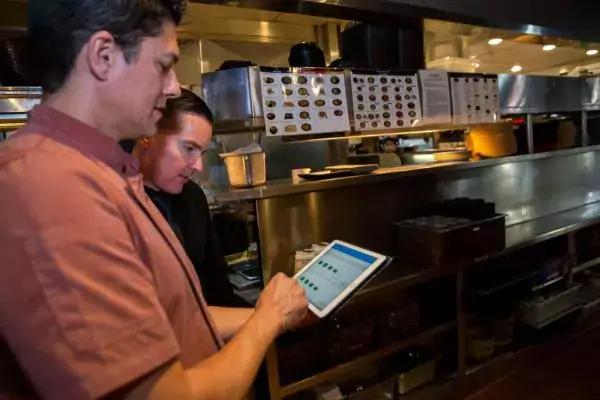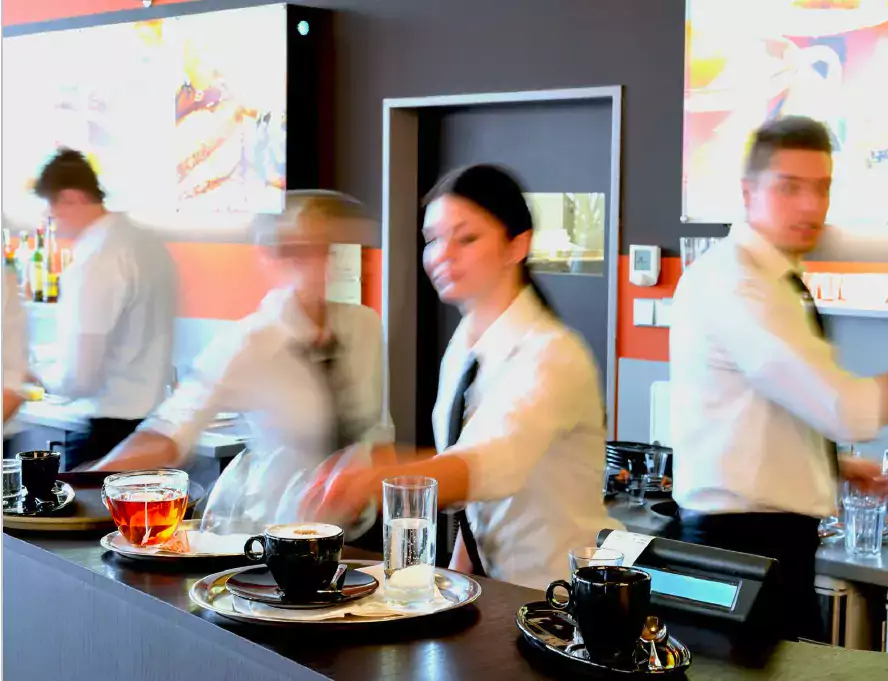If 2014 was the year of the mobile app, then 2015 might be the year of online food delivery services.
Just in the last week, there have been two big stories in the world of online groceries:
1. Walmart started testing its online grocery ordering service in the Phoenix market. This is the third market where Walmart will test pickup services. The retailer has also been testing home delivery in San Jose and Denver. The service allows customers to place orders online and pick up groceries at the store later. Walmart employees will fill the order and load the groceries into the customer’s car. Pickup prices are the same as they are in the store, but there is a minimum purchase fee of $30.
2. Grocery retailer Giant partnered with online grocery service Peapod to launch a grocery delivery service to more than 60 zip codes in central Pennsylvania. Giant previously offered customers a grocery pickup service, but after seeing the success of the delivery service in the Philadelphia region, decided to expand the concept. Delivery requires a $60 minimum order, and fees are currently ranging from $7.95 to $9.95, depending on how much food is delivered.
Last month, grocery delivery start-up InstaCart closed a whopping $220 million round of venture capital from Silicon Valley investors. The company is now valued at $2 billion and services 15 American cities.
Industry Effects
Big money and big headlines might be stirring up the industry right now, but it’s not cause for hasty action on the part of retailers. Just like it will take a long time for mobile payments to catch on, consumer adoption of online grocery ordering won’t happen overnight.
Still, it’s becoming increasingly important for grocery retailers to respond to consumer trends and demand in real-time.
Shopping environment is key
Since more people are finding they don’t have to leave the comfort of their homes to grocery shop, it’s important for brick-and-mortar retailers to maintain an environment that is clean, safe and fully stocked with products that are in demand.
Keep the human senses in mind
There are plenty of people who enjoy food shopping as a sensory experience. They look forward to picking out their fresh produce and vegetables, or maybe the satisfaction that comes from price comparing in the aisle.
Focus on promotional execution
While the economy has shown recent improvement, there are plenty of consumers who can't afford minimum purchase totals or service fees.
As noted in the Giant/Peapod story, nearly all of the typical grocery items offered by Giant, such as fruits, vegetables, dairy products and meats, are available to shoppers at www.peapod.com. So, that means consumers will still have to make a trip for some consumer items. This seems like a good opportunity for grocery retailers to focus on retail execution of non-consumable product promotions.
Self-auditing is a must
As we’ve discussed previously, communication is often the biggest challenge in maintaining multiple store locations. The ability to respond in real-time has become crucial in an industry closely tied to public health and wellness.
See also: 4 Tips for Performing a Supermarket Audit
It’s up to retailers to adopt processes that help them maintain an exceptional retail environment with highly responsive customer service.
Subscribe to our blog
You are now subscribed!


